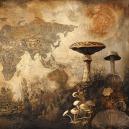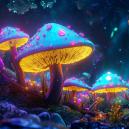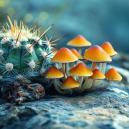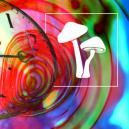7 Naturally Occurring Psychedelics
Published :
November 1st, 2021
Categories :
Products

Human ingenuity has led to the synthesis of numerous psychedelic chemicals. But Mother Nature certainly beat us to it in this domain. Psychedelic molecules can be found in many lifeforms on almost every continent. Read on to find out about 7 natural psychedelics.
Psychedelic drugs can be divided into two major categories. First, there are those that occur naturally within a variety of species from the plant, fungi, and animal kingdoms. Then there are those forged by the hand of man, either in laboratories or basements. While molecules from both categories offer the ability to launch the mind into a visionary voyage, many users have a preference for those that occur naturally.
Regardless of the preference of the individual, nature produces a serious arsenal of psychedelic substances, some of which rank among the most potent hallucinogens on Earth. Here are seven naturally occurring psychedelics that can take you on a trippy journey.
MAGIC MUSHROOMS AND TRUFFLES
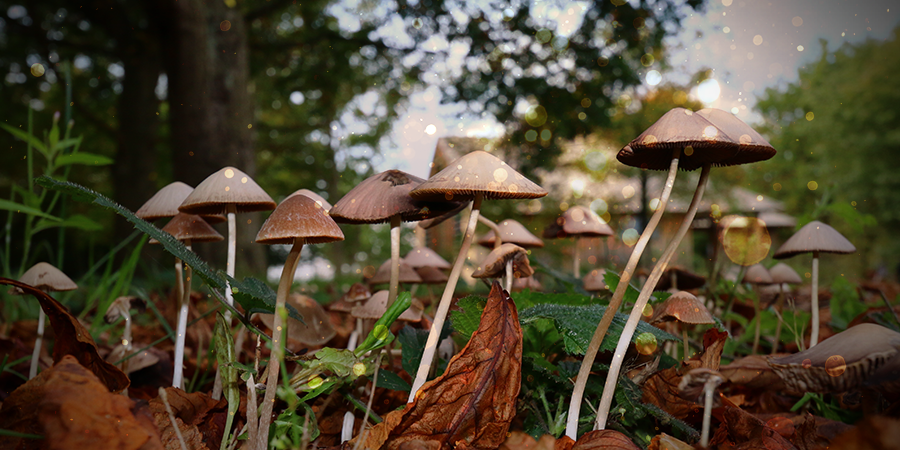
Psilocybin “magic” mushrooms and truffles are the quintessential natural psychedelic. This label encompasses many different mushroom species that occur all over the world, from the quaint meadows of England to the savannas of Africa. These hallucinogenic fungi have been used for thousands of years. Some people even theorise that they contributed toward the rapid expansion of the human brain during the evolutionary leap from hominids to humans. It is a far reaching theory, but an interesting one.
All of these species contain varying levels of psilocybin. When ingested, the process of dephosphorylation converts psilocybin into the active molecule psilocin. Psilocin then enters the bloodstream and remains for 5–6 hours before the effects begin to wear off. Psilocybin is regarded as relatively safe and non-toxic.
The drug produces psychedelic effects by binding to serotonin receptors in the brain, and by preventing the reuptake of serotonin. The molecule activates brain regions associated with dreaming, inducing effects such as perceptual changes, synaesthesia, changes in emotional state, and changes in perception of time.
AYAHUASCA
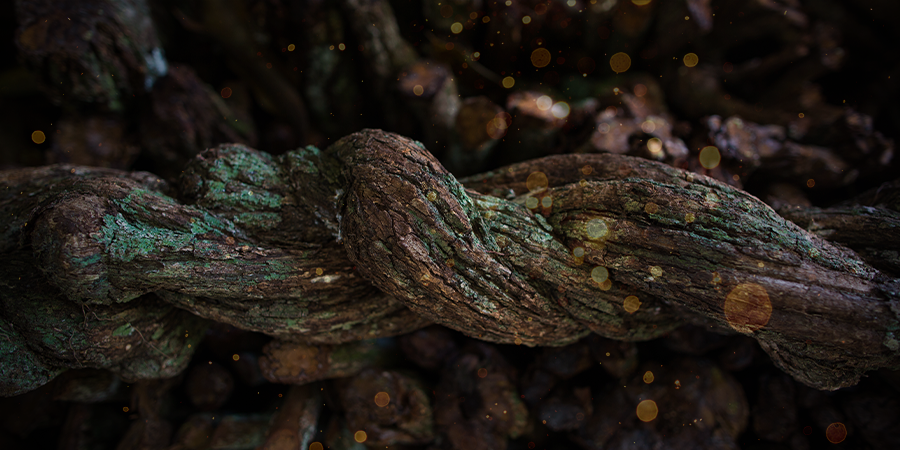
Ayahuasca isn’t a single drug—it’s actually a concoction of different molecules extracted from various plants, all forged into one psychoactive brew. The main component is DMT, a powerful and mysterious molecule that is outlawed throughout most of the world, despite being synthesised within the human body.
DMT is sourced from the Amazonian ayahuasca vine Banisteriopsis caapi. However, oral DMT is rendered inactive by metabolites in the gut. The addition of the plant Psychotria viridis introduces MAO inhibitors, a class of enzymes that prevents immediate metabolism of the hallucinogen. This enables DMT to survive digestion and penetrate the blood-brain barrier, resulting in an extremely powerful psychedelic experience that lasts around 12 hours. Users report altered states of consciousness in which they are transported to different dimensional spaces and interact with sentient entities.
DMT can also be consumed away from the ayahuasca experience. Smoked DMT is bioavailable and catapults the user into a whirlwind experience that lasts only 10–20 minutes. Although shorter, this experience is reported to be much more intense than even ayahuasca.
MESCALINE CACTI
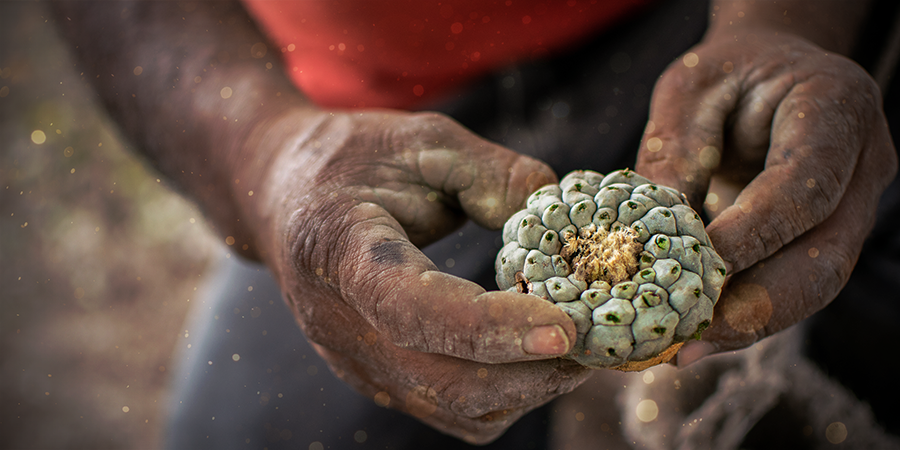
Several cacti species contain the psychedelic alkaloid mescaline, including San Pedro, peyote, and Peruvian torch. The molecule was popularised in the west by Aldous Huxley via his book The Doors of Perception, yet it has been used for over 5,700 years by Native Americans in Mexico.
Mescaline produces psychoactive effects by binding to serotonin receptors in the brain. It also has an affinity for dopamine receptors where it works to block the reuptake of the neurotransmitter. Mescaline cacti are usually taken orally. Cacti can be dried out, rendered into a powder, and placed into capsules. The powder can also be mixed into juices or teas.
The effects of mescaline typically begin around 45–90 minutes after ingestion—reaching maximum intensity at around 3 hours—and taper off at around the 8 hour mark. Users report visuals of bright colours and distinct patterns, as well as an increase in clarity of vision. Effects also include euphoria, ego death, and spiritual breakthroughs.
SALVIA DIVINORUM
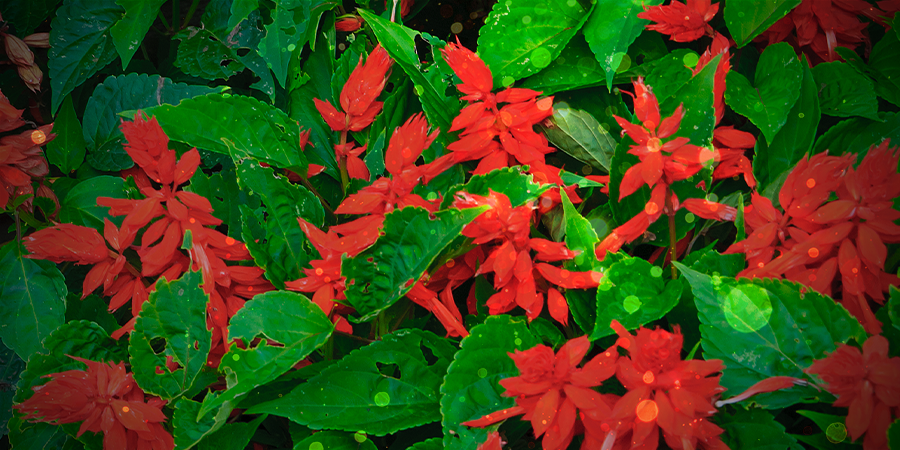
Salvia divinorum, otherwise known as sage of the diviners, is a member of the Lamiaceae family endemic to the state of Oaxaca in Mexico. It can be found growing in cloud forests and tropical evergreen forests. The plant has been labelled one of the most potent psychedelics on Earth. The leaves of the species contain opioid-like compounds, notably salvinorin A, that produce hallucinatory effects.
Saliva has long been used by Mazatec shamans within healing ceremonies, where leaves are consumed orally, either by chewing or as a tea. Oral ingestion results in a visionary experience that lasts around 1 hour. Modern users of saliva tend to smoke the herb, a method of consumption that results in much shorter trips of around 10 minutes. However, smoked salvia is reported to be much more powerful, launching users into a confusing and out-of-body state.
LSA
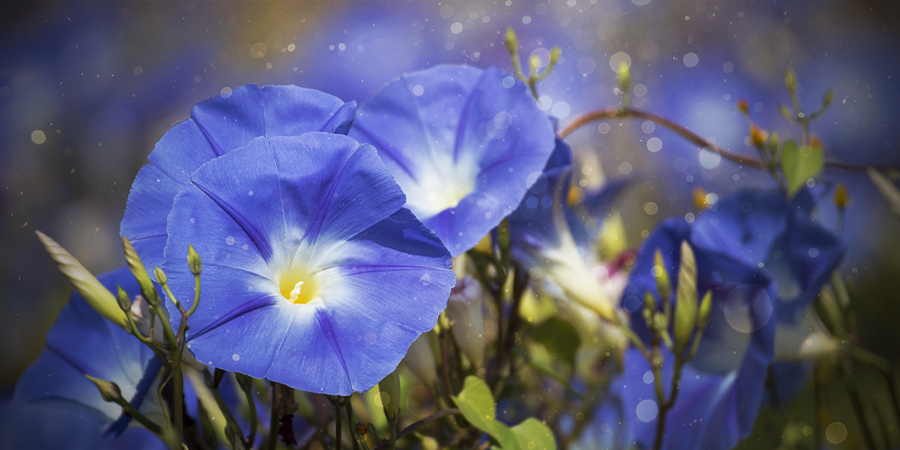
LSA, or D-lysergic acid amide, is a naturally occurring psychedelic that shares a similar molecular structure to LSD. LSA is found in the seeds of plant species Argyreia nervosa (Hawaiian baby woodrose), Ipomoea tricolor (morning glory), and others. As with most natural psychedelics, LSA-containing seeds also have a long history of traditional use, particularly in Mexican tribes.
LSA seeds are commonly eaten whole or consumed as a cold water extraction. Regardless of the method of administration, these seeds usually induce feelings of nausea. LSA generates effects similar to LSD, only a lot less intense. Euphoria, sedation, and geometric visions last for 6–10 hours depending on the type of seeds consumed.
BLUE LILY
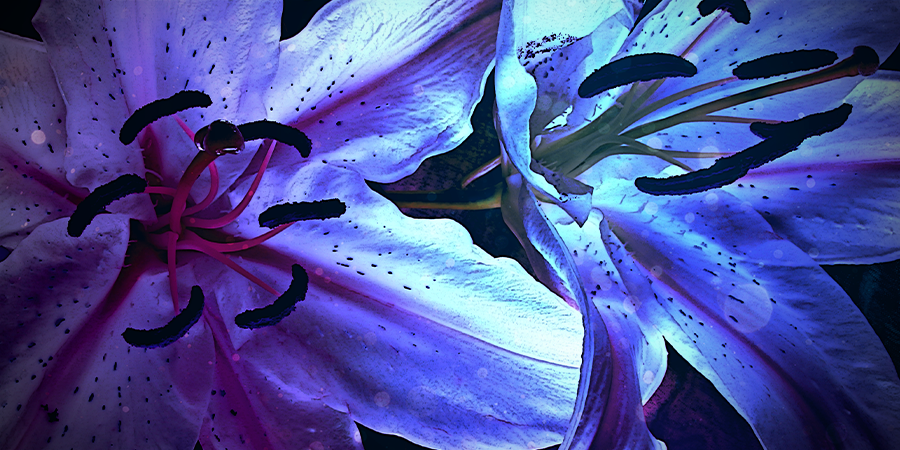
Blue lily, known by the scientific name Nymphaea caerulea, is a plant native to regions surrounding the river Nile in North Africa. This is also where ancient Egyptian civilisation ascended to great heights, and indeed, ancient Egyptians were extremely familiar with the psychoactive effects of this water lily. The species appears in numerous art pieces excavated from the region.
Blue lily is usually consumed as a tea or wine. Shortly after consumption, users experience sensations of euphoria, sedation, and libido-enhancement.
YOPO BEANS
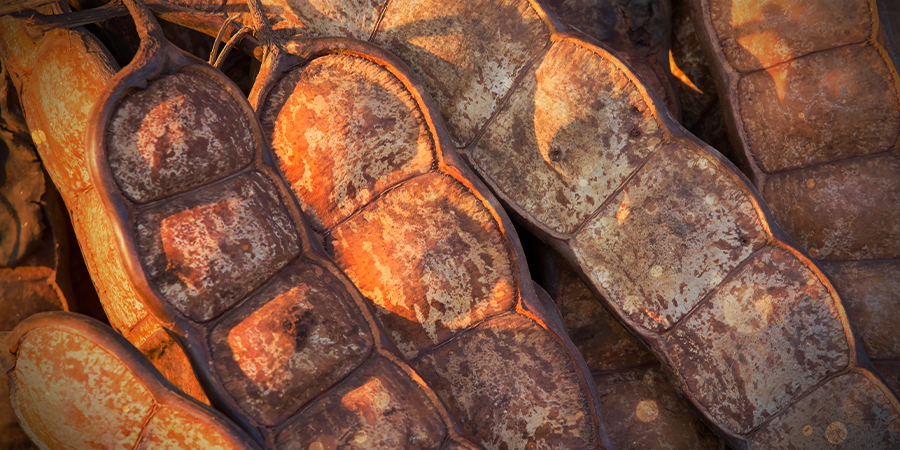
Yopo beans are the seeds of the yopo tree, a perennial species native to the Caribbean and South America. These seeds have been used for thousands of years by South American cultures to induce strong hallucinations not dissimilar to ayahuasca. Evidence suggests these beans were processed and administered as a snuff.
Yopo beans contain a potent concoction of psychedelic compounds including bufotenin, DMT, and 5-MeO-DMT. The effects of insufflated yopo powder can be felt in about 10 minutes, peaking after 30 minutes and lasting a total of 2–3 hours from beginning to end, including after-effects. Orally consumed yopo is known to cause extreme nausea and vomiting, although vomiting is common when yopo is administered as a snuff too. Regardless, these beans induce a visionary experience both similar and different to other psychedelics.
So as you can see, nature has a lot of varying psychedelics to offer. The above are seven of the most prolific, but there are are plenty more out there.





